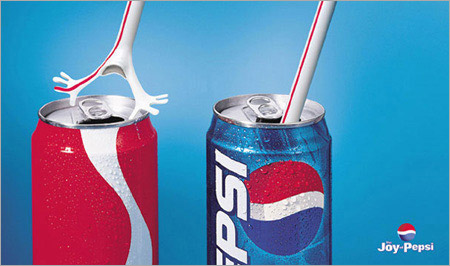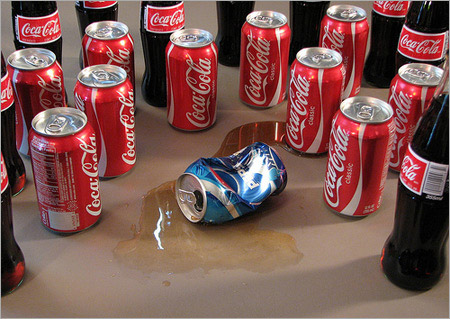What is comparative advertising? According to Investopia this term means the following:
“A marketing strategy in which a company shows how its product or service is superior to that of its competitors by comparing the benefits and costs withing the advertismenet itself.” – Investopia
For example, a comparative ad could include a parallel comparison of the features of your products against those of one of your competitors.
In 1972, the Federal Trade Commission decided to support this kind of advertising with the prerequisite that it is more informative for consumers.
You can find comparative advertising in different industries like fast food, coffee, insurance, cell phones or IT.
The Directive of Misleading and Comparative Advertising has been established to protect traders. The Directive states the conditions under which comparative advertising is allowed and requires to create advertisements that:
- aren’t misleading
- compare products which are intended for the same purpose and satisfy the same needs
- objectively compare the features of the particular products
- don’t decry the trademarks of other companies
- don’t confuse traders
You wanna see some good examples of comparative advertising? Check out the following:
Mac vs. PC
From 2006 to 2009 the Apple campaign “Get a Mac” has been conducted and has since then maintained resonance. The campaign featured a casually dressed Justin Long representing a Mac and John Jodgeman in a business clothing style presenting himself as a non-Mac PC. Both actors are supposed to impersonate the computer system founders Steve Jobs and Bill Gates.
AT&T vs Verizon
Looking back in time, both providers have used several comparative ads to compete with each other. The competition between them got heated up and ended in a sueing of Verizon over its ‘There’s a mao for that’ campaign which was launched in 2009. Verizon stated in its commercials that its 3G wireless coverage has been much broader compared to the one of AT&T and AT&T argued that this has been a misleading of customers.
The example that comes right to one’s mind – at least to mine – when thinking at comparative advertising is Coca Cola vs. Pepsi. This ad war includes tons of different examples incuding poster ads, commercials, etc. Check out some funny examples below.
Just too bad if a third party makes use of the Cola War…
The intention of comparative advertising is to differentiate a product from the product of a competitor. Often, comparative advertising involves negative messages. This marketing tool is questionable and polarizes. One part perceives it as a foul game where a company plays unfair, others enjoy the fun character of comparative ads delivering information on a side-to-side comparison.
What do you think about comparative advertising? Is it risky to use it since you could lose customers’ respect? Or is it a nice diverse idea to make people remember your product?
Referring to investopia, imediaconnection, azcentral & European Commission




